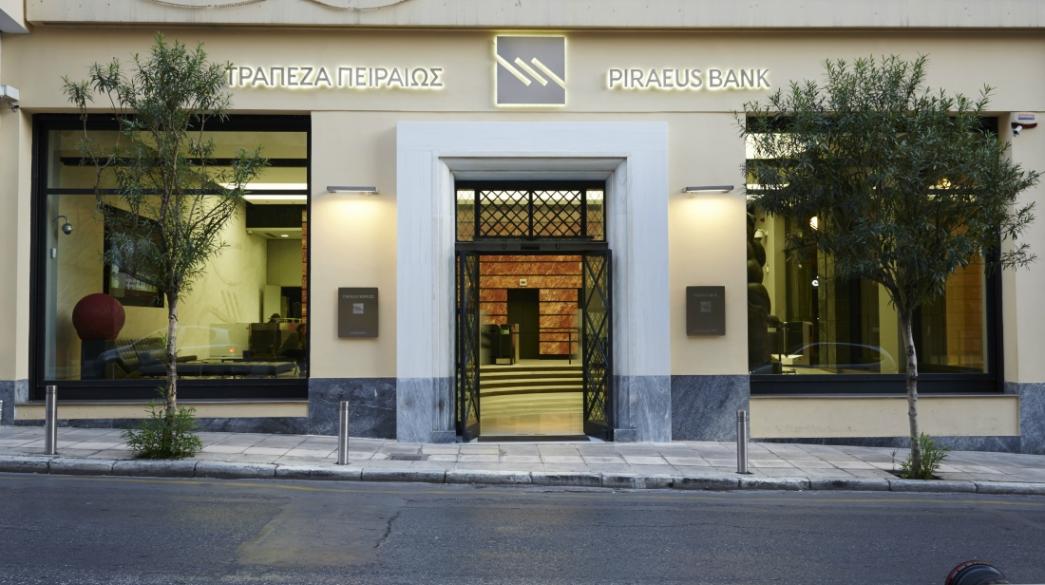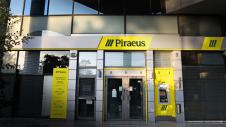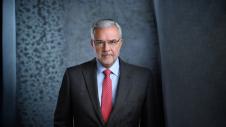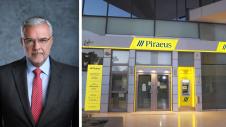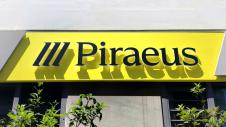Piraeus Bank’s increase in share capital, amounting to 1.38 billion euros, was completed last week with two pleasant surprises: the 8-fold oversupply of international demand and the participation of some of the strongest institutional portfolios in the world.
The shares snapped up by institutional portfolios marks the bank's full return to normality, through the consolidation of its balance sheet. With the new funds and addition capital to be drawn from other organic moves, the management of Piraeus Bank will reduce within the next 12 months its non-performing exposures index to single digits and to 3 percent in the medium term, ie at levels corresponding to European averages.
The consolidation of the bank in combination with the strong growth prospects of the domestic economy drew institutional portfolios and it is no coincidence that the lender’s share capital hike attracted new long-term investors, who had not previously invested in Greece like the Norwegian Norges pension fund.
It is one of the most important and powerful long-term investors in the world, managing Norway's oil wealth. The current value of Norges investments exceeds 1 trillion euros of which 770 billion euros are invested in the shares of 9,000 companies in 69 countries, 262 billion euros are invested in fixed income investments and 26 billion euros have been invested in real estate in 14 countries. Apart from Norges, there were also powerful institutional portfolios such as BlackRock, Fidelity and Bain, which is a key change compared to previous bank capital increases in which only speculative hedge funds participated.
The success of Piraeus Bank, however, is of particular importance as for many years it was considered the weak link in Greece’s banking system, due to the heavy legacy of problem loans. Having absorbed the most problematic Greek bank in recent years, Agricultural Bank, but also others that followed a particularly aggressive policy such as Marfin Popular Bank, the controversial creation of Andreas Vgenopoulos, Geniki Bank, Bank of Cyprus and others. Piraeus Bank became the largest lender in the country, but also the most troubled one, with the largest stock of NPLs.
There were many analysts who doubted whether it was possible for the bank to return to normality and there were many who feared a wider destabilization of the banking system due to Piraeus Bank’s weakness. It is noted that Piraeus Bank had - and still has - the highest level of problem loans: 21.7 billion euros in non-performing credit exposures (Dec. ‘20) corresponding to a NPEs index of 45 percent.
Even with the completion of the Vega securitizations project (5 billion euros) and project Phoenix (1.9 billion euros) totaling about 7 billion euros, which are in progress under the Hercules scheme, its stock of NPLs will be reduced to 15.8 billion euros and the NPEs index will be 35 percent, much higher than Eurobank, National Bank and Alpha Bank. The bank is planning to cover this gap, which kept it well behind competitors, with the Sunrise plan, which leads to a single-digit index of NPEs in 12 months.
The big effort for the restart of the bank started in 2017 with the completion of changes at its board of directors and the management team with Christos Megalou taking over as CEO and George Hantzinikolaou taking over as chairman of the board.
The new management developed and implemented an ambitious plan for the consolidation, capital strengthening, restructuring and transformation of the bank, with the aim of strengthening corporate governance structures.


